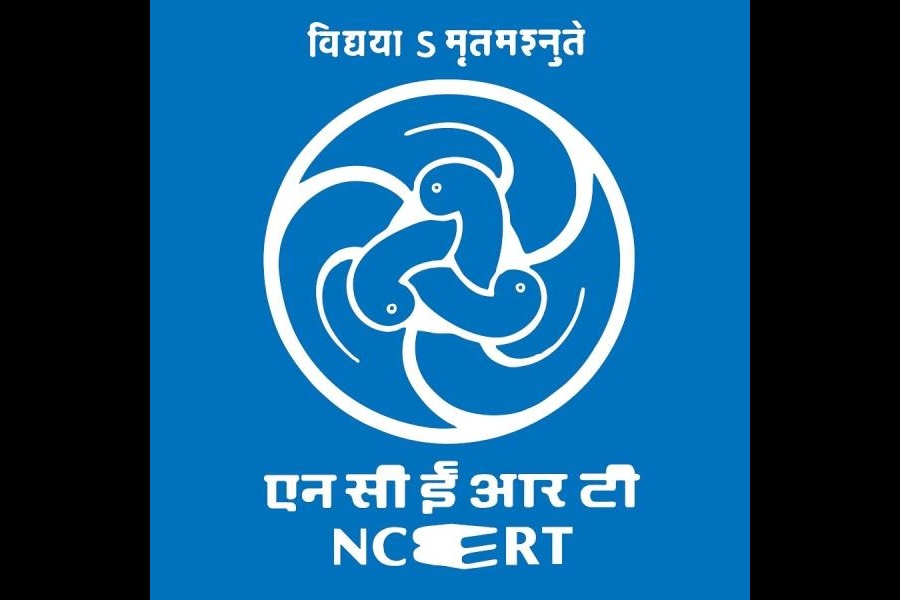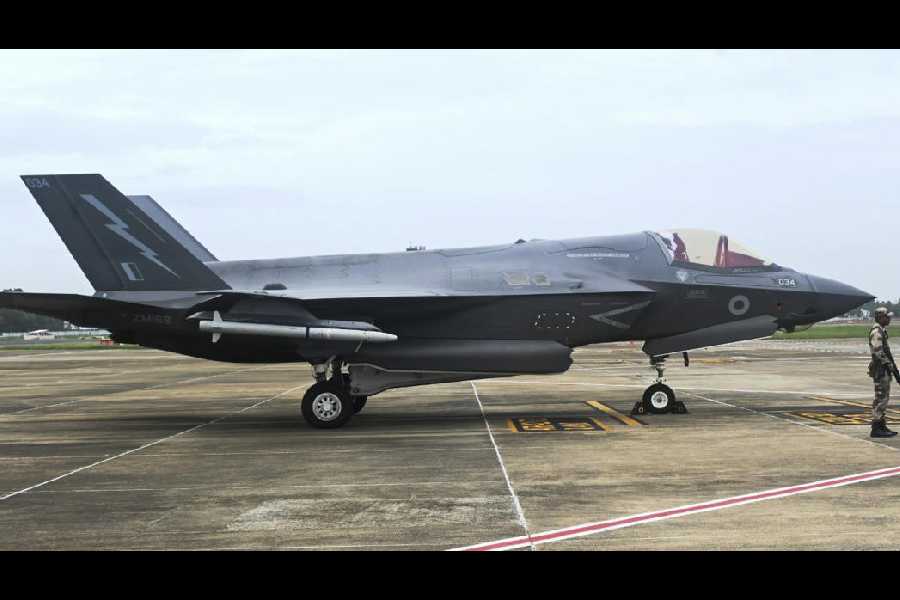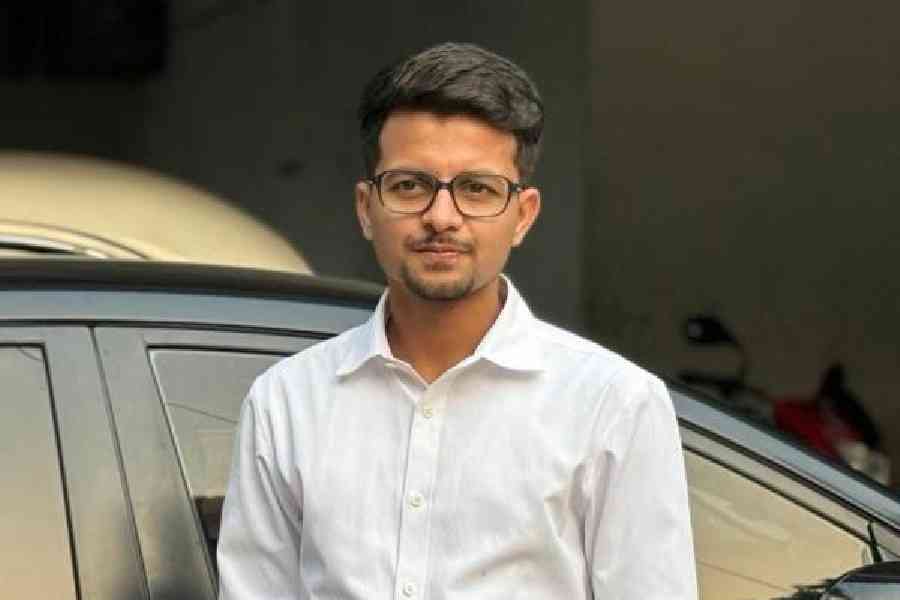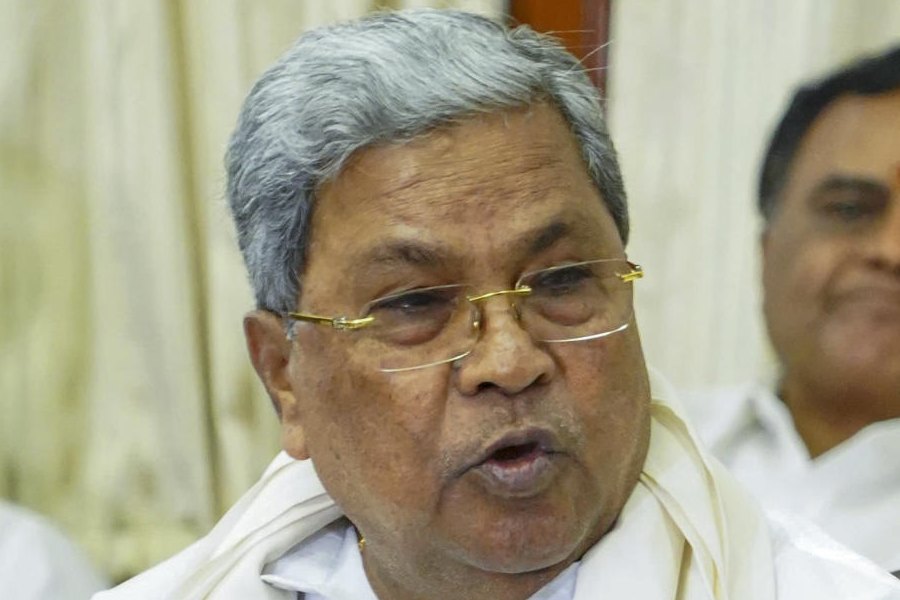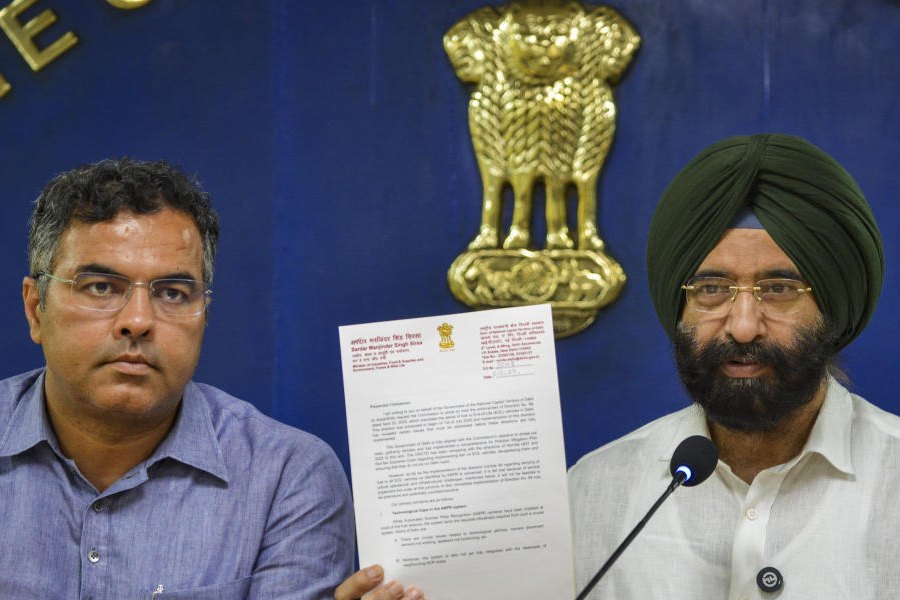New Delhi, Aug. 10: Only a collaborative effort between the Centre and the states to set up schools of drama in the Northeast can do justice to the region’s rich indigenous theatre heritage, say eminent theatre artistes.
The matter cropped up when AGP MP Kumar Deepak Das asked in Parliament last week whether the Centre would establish a Regional Institute of Research and Development for Dramatics (RIRDD) to “establish new vista of dramatics” in the region.
In a written reply, culture minister Kumari Selja said there was no need for such a institute for the Northeast, as the existing branches of the autonomous institutions of her ministry were already performing this role.
She said the Sangeet Natak Akademi had set up a centre in Shillong in 2008 to preserve the indigenous culture of the region. The Sattriya Kendra in Guwahati includes Ankiya Nat and the North East Zone Cultural Centre (NEZCC) in Dimapur has a Theatre Rejuvenation Scheme for Northeast troupes.
“The NEZCC has also been organising traditional theatre festivals, experimental theatre festivals, theatre shows and theatre workshops in the northeastern states,” she added.
These are in addition to the Delhi-based National School of Drama (NSD)’s outreach programmes and Poorvottar Natya Samaroh festival.
Theatre artistes of the region, however, feel that these institutions are inadequate for the growth of theatre in the Northeast.
Sangeet Natak Akademi awardee Sattriya master Manik Borbayan told The Telegraph that the Akademi’s centre covered all cultural arts and was not focused on theatre. Speaking through a translator, he added: “Sattriya and Ankiya Nat are mainly song and dance performances and are not just purely theatre. The Sattriya Kendra is working well with its limited resources, but for theatre a dedicated institute is needed.”
O.P. Bharati, who heads the Akademi’s Shillong centre, said they had no regular training programme for theatre artistes though they held workshops in collaboration with the NSD. “What is most needed to preserve and develop the indigenous theatre forms is education from the primary school level,” he added.
Leading performers are also suspicious of a “regional school”. Bengal’s theatre personality Bibhas Chakraborty said, “Any school of drama in the Northeast or anywhere else should not become a department of the NSD. We theatre people do not believe in regionalism in art. The Hindiwallahs want to establish Hindi as national and the other as regional.”
According to Padma Shri Ratan Thiyam, a doyen of Manipur’s theatre, the state needs to put in much more effort apart from the work Sangeet Natak Akademi is doing.
“The ministry of culture could think of setting up more centres (like the Sattriya Kendra) as the region has quite a lot of other forms (of traditional theatre.) These should be collaborations between the states and the Centre as we need at least one school of drama in every state,” Thiyam said.
Thiyam, who runs the Chorus Repertory in Imphal, said an artiste can understand elements of theatre and recite dialogues with passion only in one’s own language. Besides, the seats at the NSD are too few in number to accommodate most deserving artistes.





